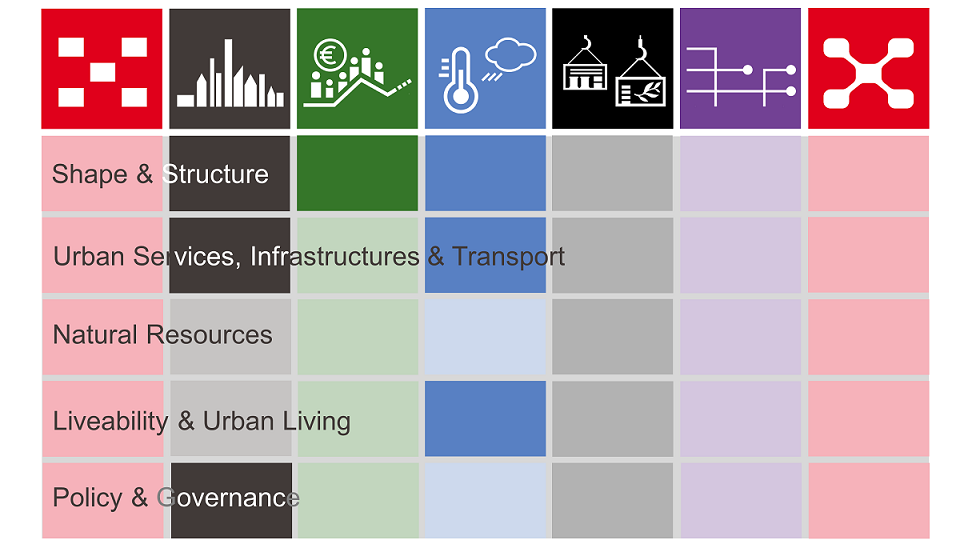A Green-Blue Master Plan for Kiruna (Sweden)
Course subject(s)
7 Synthesis
The next video shows Kiruna, the northernmost municipality of Sweden, which has grown rich due to the vast seam of iron ore that sits below the town. However, the mining activity has perforated the subsurface and the city is constantly threatened by subsidence and erosion. Sustainable urban development is often about ‘recalibration of infrastructures’. In the coming decades, the ‘old’ Kiruna will be demolished step-by-step as the new city is rebuilt a few miles eastward. The new Kiruna is expected to be a sustainable and climate resilient city as well as an attractive place from a social and ecological perspective. It is one of the few examples where a new city master plan is being developed as a solution to unsustainable development. Multiple benefits are expected not only as outcomes but, most importantly, are included in the design process thus defining future sustainable urban development pathways.

- Shape & Structure and Urban Growth is demonstrated in new spatial processes where natural areas and the built form are systematically integrated, thereby offering a higher level of social and ecological performance.
- Shape & Structure and Socio-economic Change is demonstrated in the extensive urban transformation which requires both carefulness and openness to rapid change.
- Shape & Structure and Climate Change is demonstrated by the management of urban water above ground rather than below, in a way that facilitates robust, synergistic and multi-functional green urban infrastructure.
- Urban Services, Infrastructure & Transport and Urban Growth is demonstrated by the use of a sustainable design providing an alternative way to conceive next-generation infrastructure and the built form.
- Urban Services, Infrastructure & Transport and Climate change is demonstrated by the use of green and blue rather than energy and carbon intensive grey infrastructure.
- Liveability & Urban Living and Climate Change is demonstrated in the fact that Kiruna is expected to be a climate resilient city as well as an attractive place to live from a social and ecological perspective.
- Policy & Governance and Urban Growth is demonstrated in the use of strategies for urban transformation which include not only changes in the physical environment, but also in governance settings to manage processes within different time frames and varying in size and scope.
We challenge you to find more connections between this video and the content of this MOOC. Do you agree with the case? Are these types of integrations possible in your urban environment?
Video: A Green-Blue Master Plan for Kiruna (Sweden)
This video is the property of TUDelft and contains material from third parties. We have used it with their permission. Hence, it is not downloadable.
The video is used for informational purposes only; it does not constitute an endorsement or an approval by the AMS Institute, Wageningen UR and TU Delft of any of the products, services or opinions of the corporation or organization or individual. The AMS Institute, Wageningen UR and TU Delft bear no responsibility for the accuracy, legality or content of the external site or for that of subsequent links. Contact the external site for answers to questions regarding its content.

Sustainable Urban Development by TU Delft OpenCourseWare is licensed under a Creative Commons Attribution-NonCommercial-ShareAlike 4.0 International License.
Based on a work at https://ocw.tudelft.nl/courses/sustainable-urban-development/.



